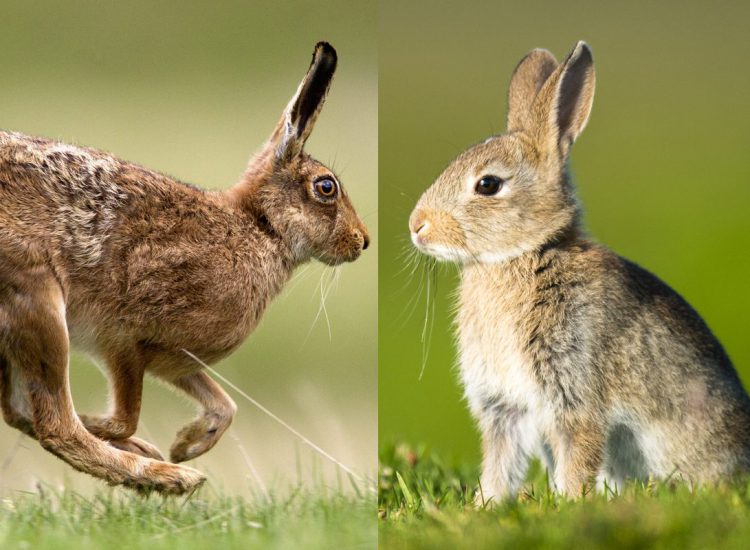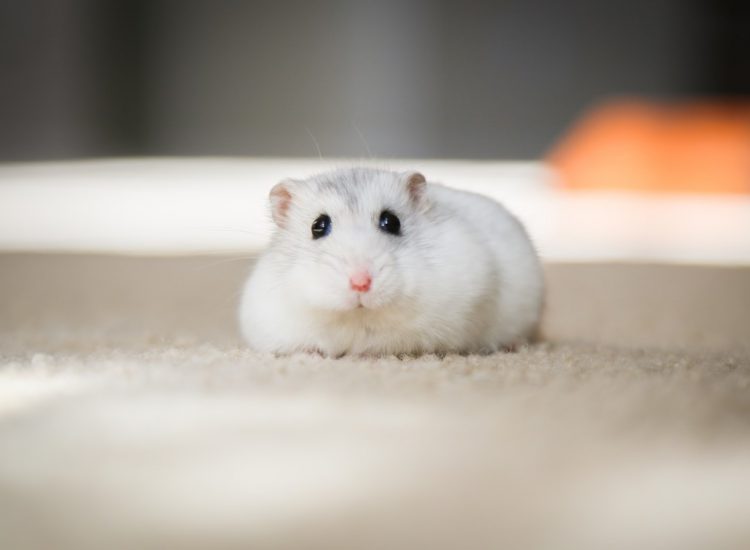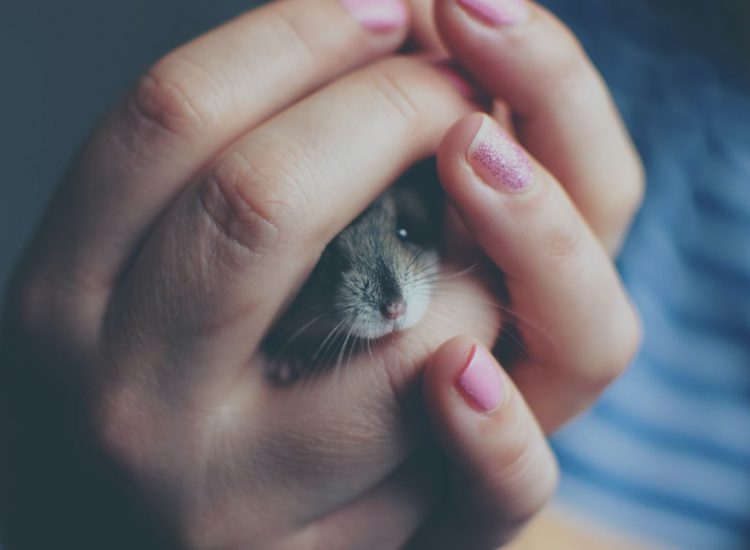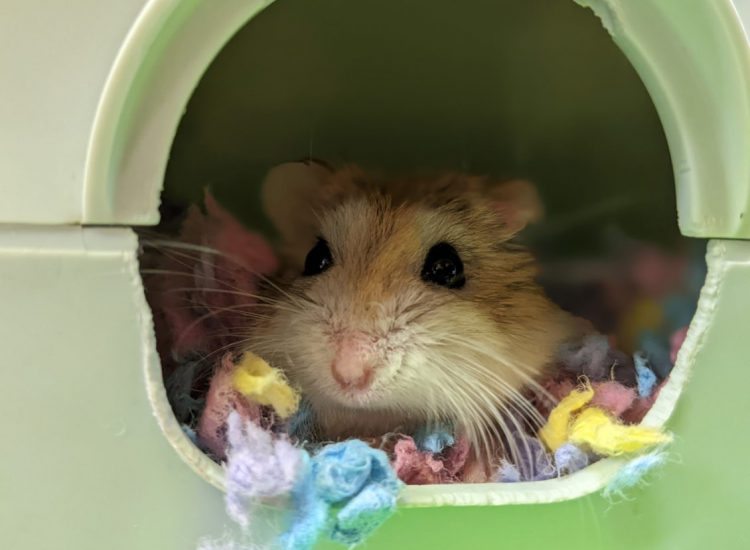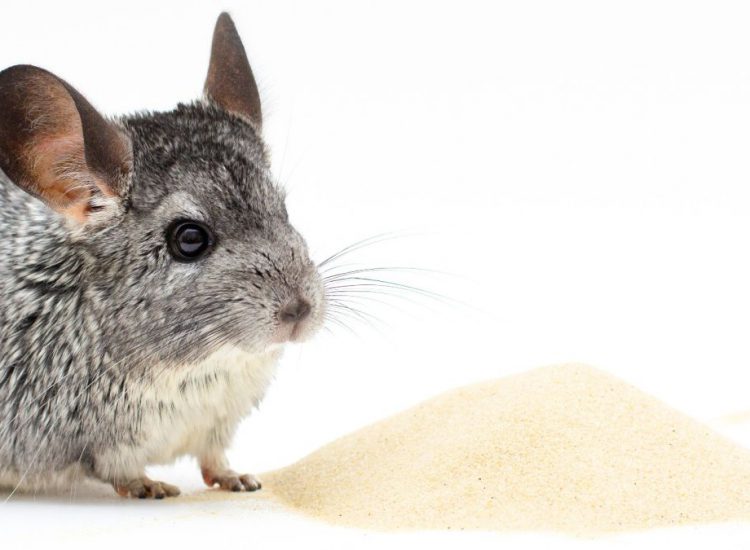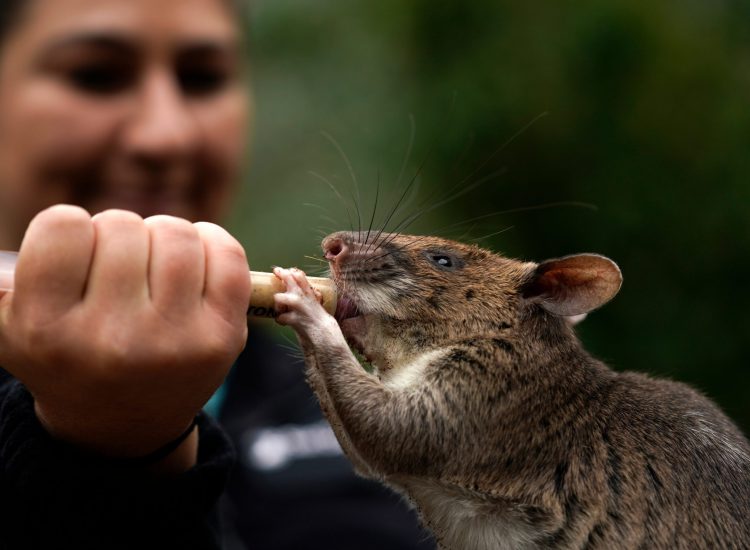Pet rabbits have greater ranges of the stress hormone – corticosterone – and present exercise rebound when saved in small hutches with restricted train, new analysis led by the College of Bristol Vet College has discovered. The analysis, funded by the RSPCA, highlights the significance that pairs of pet rabbits ought to have the liberty to train outdoors their house enclosure even when they’re saved in hutches bigger than the standard dimension.
Rabbits are a well-liked selection for a lot of households, with an estimated 900,000 rabbits saved as pets within the UK. A number of research have wanting on the housing wants of rabbits saved in laboratories and for meat, however only a few research have explored the housing wants of pet rabbits and these research have solely targeted on single rabbits. Animal welfare organisations suggest pet rabbits dwell in pairs.
The intention of the examine, revealed in Utilized Animal Behaviour Science, was to analyze the consequences of frequent hutch sizes and entry to an train space on the welfare of pet rabbits saved in pairs.
Twenty pre-established pairs of grownup neutered rabbits (one male, one feminine) have been saved for eight weeks in commonplace housing. Ten pairs have been in small picket hutches (0.73 sq. metre) and ten in giant hutches (1.86 sq. metre). The train space was a run – measuring 3 × 1 metre – connected to the hutches, and the rabbits had both limitless entry to it, or entry was restricted to 3 hours at noon.
Every pair had entry to every run for 3 weeks. Behaviour was noticed at daybreak, nightfall and noon, and faecal samples have been collected for corticosterone evaluation on the finish of every entry interval.
In a subsequent examine, ten of the rabbit pairs got 24 hours entry to the run, and their behaviour recorded.
The examine confirmed rabbit pairs have been extra lively when run entry was restricted to 3 hours. No matter the hutch dimension, bodily exercise together with play jumps elevated considerably when the pairs with restricted entry have been launched into the run. The researchers recommend this exercise rebound demonstrates the rabbits’ want to maneuver day by day, and their welfare is compromised once they can solely accomplish that at noon.
The analysis staff discovered there’s a vital interplay between hutch dimension and run entry on exercise and stress hormone ranges, which have been highest within the pairs saved in small hutches with restricted run entry. When rabbits had unrestricted entry to the run, noon was the rabbits’ least lively time.
Drs Nicola Rooney and Suzanne Held, senior authors of the paper from the College of Bristol Veterinary College, stated: “Rabbits are lively and wish to have the ability to hop, run, bounce, dig and stretch out totally when mendacity down. Proscribing rabbits’ alternative to get away from one another and to maneuver to occasions of day, once they wouldn’t naturally be as lively, is prone to contribute to the exercise peaks and excessive stress hormone ranges within the pairs within the smaller hutches with restricted entry to a run.
“Housing tips for rabbits want to focus on the significance of permitting pet rabbits the liberty to train within the morning and afternoon, even when they’re saved in hutches bigger than the standard hutch dimension.”
The examine suggests hutch sizes of round a 0.75 sq. metre flooring space shouldn’t be advisable for rabbit pairs, even when they’ve entry to an train space for 3 hours per day throughout the center of the day.
The analysis’s suggestions have been included in RSPCA and different animal charities rabbit care recommendation on housing.
RSPCA rabbit welfare knowledgeable Dr Jane Tyson stated: “The findings of this analysis are extremely welcomed confirming what many people have recognized for thus lengthy, that maintaining rabbits in small hutches with restricted alternatives to train compromises their welfare.
“Rabbits are sometimes misunderstood animals however the findings from the examine present that housing rabbits in an enclosure consisting of a sheltered space with fixed entry to a bigger area is important.
“Not solely does this enable rabbits to have extra room for train, it gives them with selection and management over their setting to allow them to carry out the behaviours they need to, once they need to.”
The findings of the examine have additionally influenced the UK Rabbits Technique for rabbit welfare that can be revealed later this yr.
Paper
‘Run entry, hutch dimension and time-of-day have an effect on welfare-relevant behaviour and faecal corticosterone in pair-housed pet rabbits’ by Nicola J. Rooney et. al in Utilized Animal Behaviour Science


